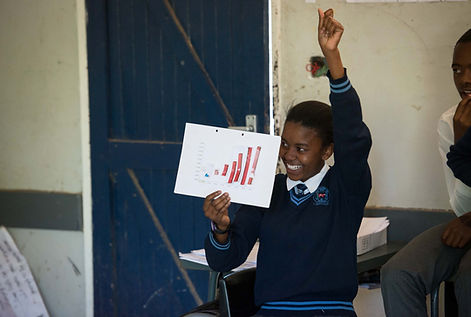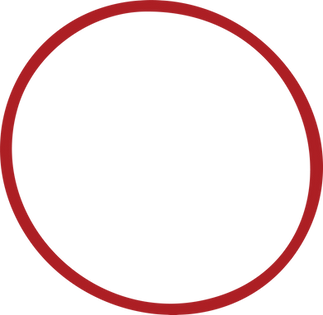

Programs
Choices is a 90-minute, evidence-based program delivered in junior secondary schools. Through interactive activities and peer-led discussions, it empowers young people to make informed, healthy relationship choices and dramatically reduces HIV risk and teenage pregnancy.


Why it matters
In much of Africa, HIV prevention efforts for youth have centered around abstinence education. But abstinence-only approaches often fall short of reality: many young people do not abstain, and without alternative sex education, they are left vulnerable to risky, unprotected sex.
In Botswana, for example, HIV prevalence among girls triples between ages 10 and 24—while prevalence among boys stays largely the same. One key reason is that many girls form relationships with older men: in Botswana we found that 90% believed older partners to be safer. In fact, older men are five to nine times more likely to be HIV-positive than boys their own age.
What Choices does differently
Choices busts the myth that older partners are safer. It clearly and memorably shows that older partners are actually riskier, and why. Delivered through a 90-minute class to junior secondary school students (ages 13-16), the program encourages and empowers young people to make healthy relationship choices, through a series of fun games and interactive activities.
If students choose to date, they are encouraged to date peers, not older partners who carry significantly higher HIV risks. The resulting behavior change is simple, but catalytic. Crucially, the intervention is delivered by young people, which we found to be highly effective: the messenger matters! Choices is delivered either by near-peer facilitators hired directly by us, or by young people from Botswana’s national volunteer scheme, Tirelo Sechaba.




“They made it the type of environment where we can ask questions. I learnt a lot and it helped us being able to make decisions. It really affected who I am now, and I think a lot of young people would benefit from it.”
Galaletsang, Choices student (Botswana)

How do we know it works?
An RCT in Kenya found the approach reduced teenage pregnancy—a proxy for unprotected sex and HIV risk—by 28 percent. A follow-on RCT in Botswana involving 42,000 students found a 40 percent reduction in teenage pregnancy, but the messenger mattered: the program only worked when it was delivered by near-peer facilitators. Guidance and counselling teachers were effective at delivering basic facts about HIV, but did not manage to persuade students to reduce risky behavior, while near-peers changed both students' beliefs and behavior.

How do we make it work even better?
Every school term, we run randomized iterative A/B tests to improve the Choices program. We test variations in content, delivery, and materials to find ways to: improve outcomes, lower costs, or scale more effectively.
Some examples of what we’ve tested, and what we learned:
Does adding a curriculum section on healthy relationship strategies and girls' agency improve outcomes?
Yes. It improved outcomes, so we adopted it.
Altogether, dozens of A/B tests have led to a 50% reduction in risky behaviors with older partners, and 96% knowledge that older partners are riskier.
This rapid, rigorous, and regular optimization means we’re always delivering the best possible version of Choices.
Does giving reminder stickers of the key message improve impact longevity?
No. They didn’t improve long-term impact, so we dropped them.

Does having mixed sex groups preserve the impact of the program on girls?
Yes. And it's cheaper to deliver and double the reach, so we kept mixed sex groups.
The scale model
The initial Botswana RCT showed that near-peers were highly effective at delivering the program, so we hired young facilitators to deliver in-schools. However, we also increasingly leverage National Service Programs as a scalable youth-led delivery model, with young national service volunteers delivering the program. This fusion model allows us to capture lessons learned from the evidence while integrating with existing and scalable government structures.
Where do we deliver Choices?
We work closely with the governments to deliver Choices in:
We also work or have worked with partners to deliver Choices in eSwatini, Malawi, South Africa, Zambia, and Zimbabwe.

